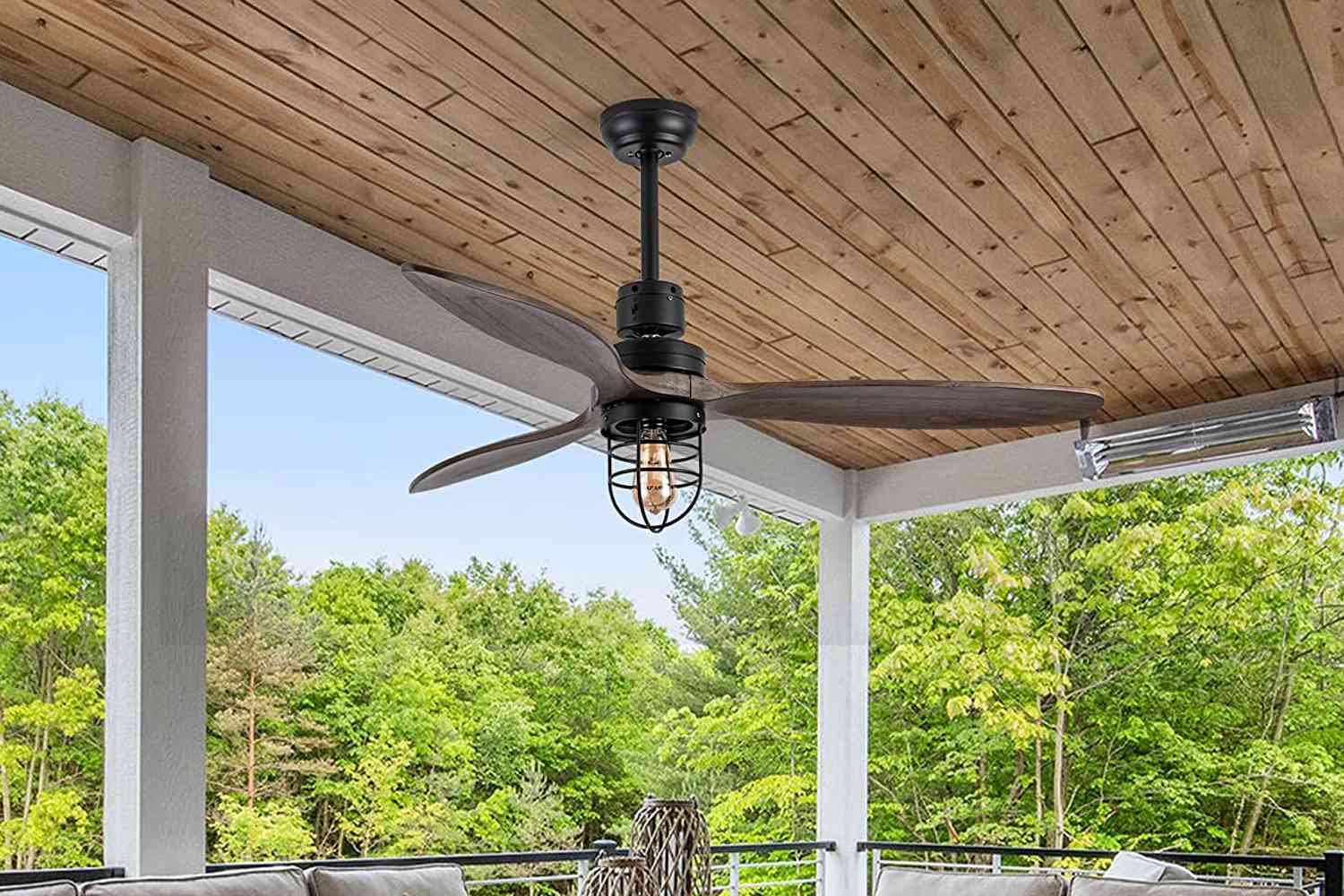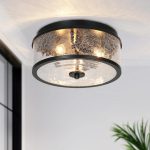Ceiling fans with integrated lights serve as a dual-purpose fixture in many homes, providing both illumination and air circulation. However, encountering issues where both the fan and light cease to function can be perplexing and inconvenient. This comprehensive guide aims to walk you through systematic troubleshooting steps to identify and resolve the issue, ensuring your ceiling fan and light are back in operation.
Initial Safety Precautions and Setup
Before embarking on any electrical troubleshooting, prioritizing safety is paramount. Ensure the power is turned off at the circuit breaker to prevent any risk of electric shock. It’s also wise to inform household members that you’re working on the electrical system to avoid someone accidentally turning the power back on. Gather necessary tools such as a voltage tester, screwdrivers, wire connectors, and a ladder. With preparations in place, you’re set to diagnose and address the problem safely.
Checking Power Supply and Circuit Breaker
The first step in troubleshooting is to verify that the issue isn’t related to the power supply. Check the circuit breaker or fuse box to ensure the circuit hasn’t tripped or a fuse hasn’t blown. If you find the circuit breaker tripped, reset it and check if the fan and light resume functioning. A tripped breaker could indicate an electrical surge or overload. If it trips again, it suggests a more serious wiring issue that may require professional attention.

Inspecting the Wall Switch and Remote Control
If the power supply checks out, the next step is to inspect the wall switch controlling the fan and light. Use a voltage tester to confirm power is reaching the switch. If there’s no power, the problem might lie within the wiring between the circuit breaker and switch. For ceiling fans operated by remote control, ensure the remote has fresh batteries and is correctly paired with the fan’s receiver. Sometimes, resetting the remote or re-establishing the connection can resolve the issue.
Evaluating the Ceiling Fan’s Wiring Connections
Accessing the ceiling fan’s canopy (the decorative cover against the ceiling) will allow you to inspect the wiring connections. After ensuring the power is off, carefully remove the canopy to reveal the wire connections between the fan and your home’s electrical wiring. Check for any loose or disconnected wires and secure them with wire connectors as needed. Poor or loose connections can disrupt power to both the fan and light.
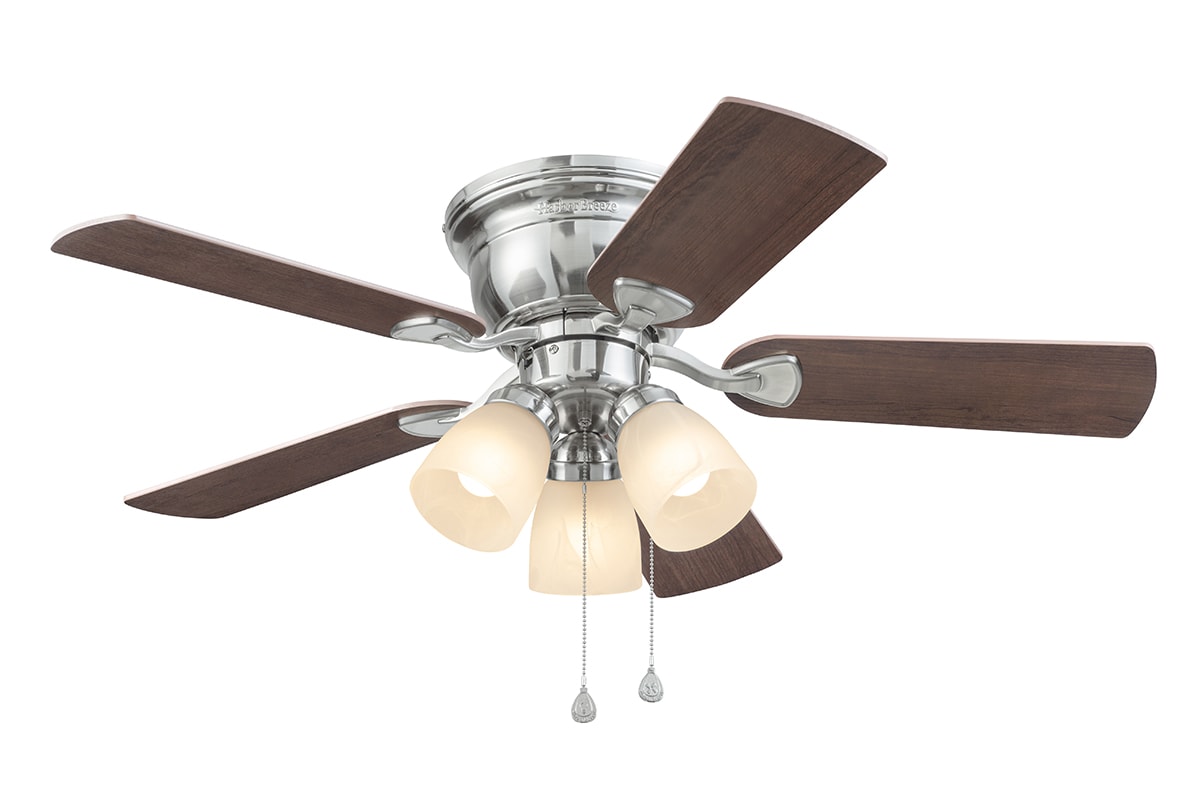
Assessing the Fan’s Motor and Light Assembly
With the wiring connections verified, turn your attention to the fan’s motor and light assembly. A malfunctioning motor can prevent the fan from operating, while issues with the light kit, such as a faulty socket or wiring, can affect the light function. Inspect these components for signs of wear, damage, or loose connections. In some cases, the fan motor may require professional servicing or replacement, and the light kit might need repairs or adjustments.
Checking the Light Bulbs and Sockets
An often-overlooked cause when both the fan and light stop working is the condition of the light bulbs themselves. Ensure the bulbs are correctly screwed in and not burnt out. Try replacing them with new bulbs to rule out this simple fix. Additionally, inspect the light sockets for corrosion or damage that could prevent proper electrical contact with the bulbs.
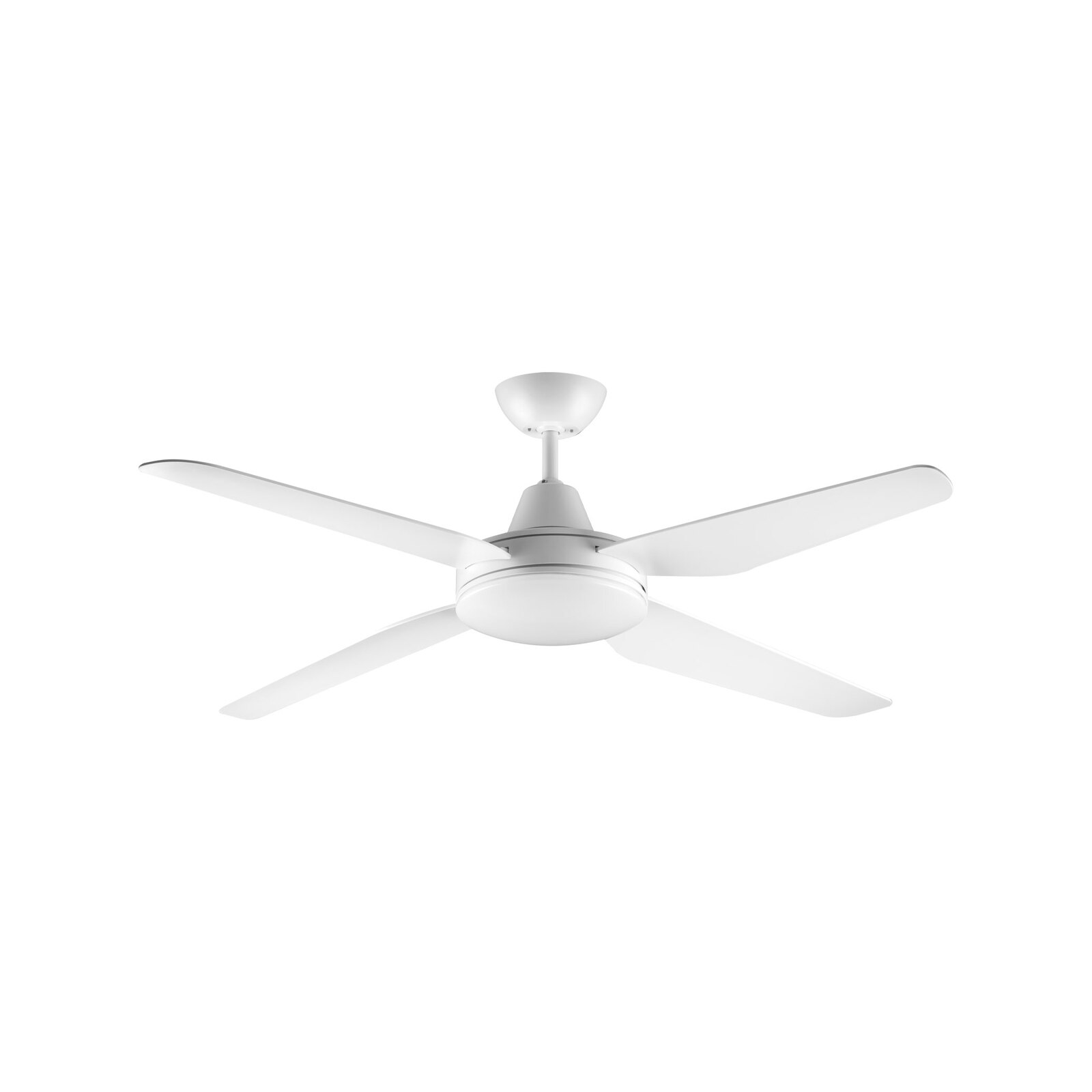
Reviewing the Ceiling Fan’s Capacitor
The capacitor is a crucial component that helps start the fan motor and regulate speed. A faulty capacitor can lead to the fan and its integrated light failing to operate. Capacitors can show visible signs of failure, such as bulging or leaking. If you suspect the capacitor is the issue, it may need to be replaced. Capacitors are specific to the fan model, so ensure you obtain the correct replacement.
Advanced Troubleshooting: The Ceiling Fan Receiver
In modern ceiling fans operated by remote controls, the receiver plays a crucial role in communication between the device and the fan itself. If both the fan and light cease to function simultaneously, and previous troubleshooting steps haven’t resolved the issue, consider examining the receiver. Located typically in the fan canopy or motor housing, a malfunctioning receiver can disrupt operation entirely. Check for signs of damage or loose wiring connections. In some cases, resetting the receiver or replacing it may be necessary to restore functionality.
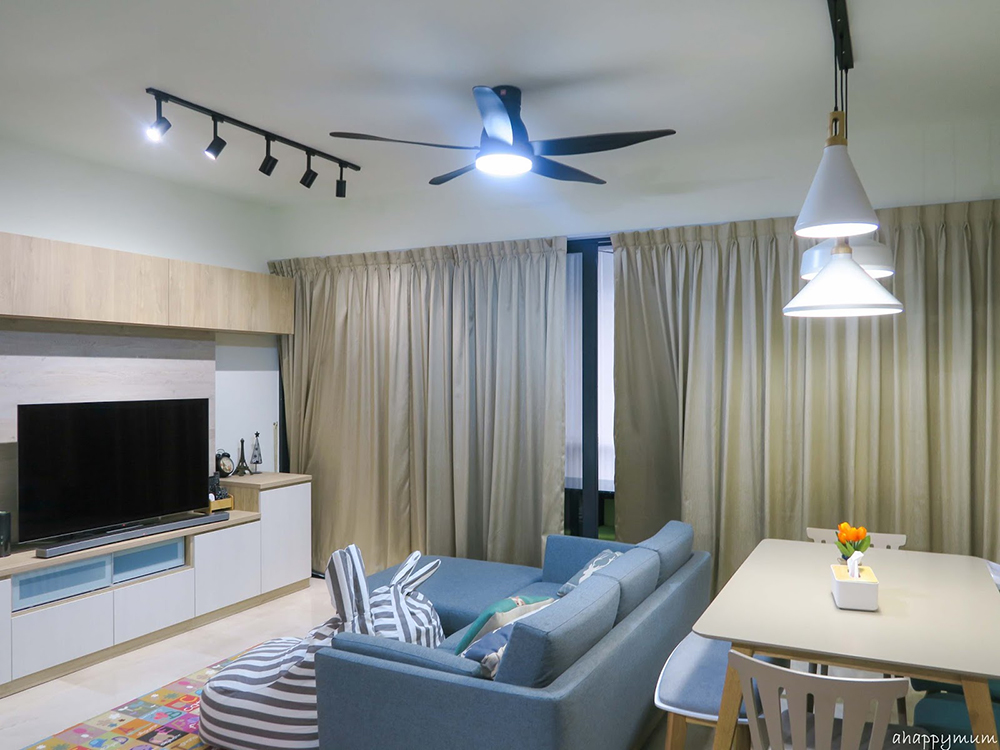
Understanding Manufacturer-Specific Features
Ceiling fans often come with unique features and components specific to their manufacturer or model. For instance, some fans have a safety feature that prevents the fan from operating if the light kit is improperly installed or if a globe or shade is missing. Refer to your fan’s user manual for any manufacturer-specific troubleshooting steps or safety features. This documentation can offer valuable insights into resolving issues unique to your fan model.
The Importance of Compatibility in Replacement Parts
When replacing parts such as light bulbs, capacitors, or receivers, ensuring compatibility with your ceiling fan model is essential. Using incompatible parts not only risks further malfunction but can also pose safety hazards. For light bulbs, consider the maximum wattage allowed by the fan’s light fixture to prevent overheating. For capacitors and receivers, matching the specifications (e.g., voltage, capacitance) with original components is crucial for proper operation. Always refer to the manufacturer’s recommendations when selecting replacement parts.

Professional Inspection for Complex Electrical Issues
If, after following all troubleshooting steps, your ceiling fan and light still do not operate, it may indicate a more complex electrical issue beyond the fan unit itself. Problems such as faulty internal wiring within the walls, a deteriorating electrical panel, or issues with the home’s overall electrical system require professional inspection. Licensed electricians can conduct a thorough evaluation, identifying and rectifying problems that are not apparent to the average homeowner. Seeking professional help ensures safety and compliance with local electrical codes.
Conclusion: Restoring Functionality with Confidence
Troubleshooting a non-functioning ceiling fan and light can initially seem daunting. However, by following these systematic steps, you can identify and often resolve the issue without needing to call in a professional immediately. Whether the problem lies within the power supply, switch, wiring, motor, light assembly, or capacitor, a methodical approach will help restore functionality to your essential fixture. Remember, if at any point you feel unsure or unsafe, consulting with or hiring a licensed electrician is the best course of action to ensure your home’s electrical systems remain safe and operational.
If you want to increase the family atmosphere, you can place some furniture under the lamp, such as a small sofa, a small table, or a mini billiards table. If you are interested, you can click on the link to view the product!
